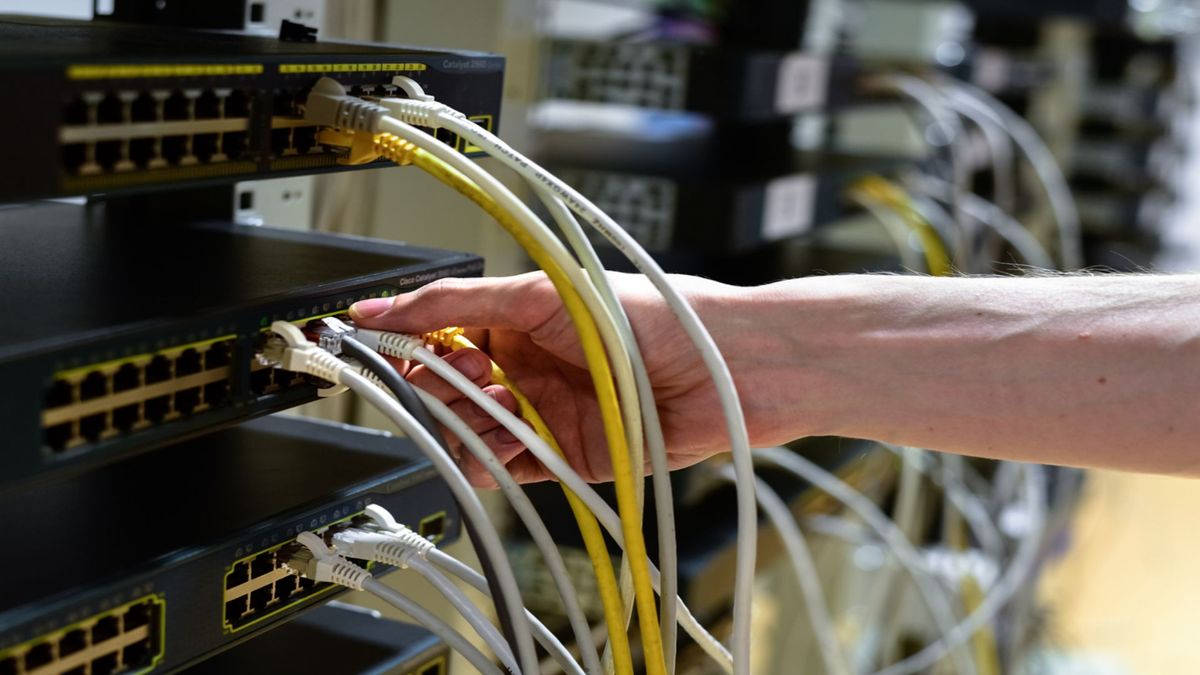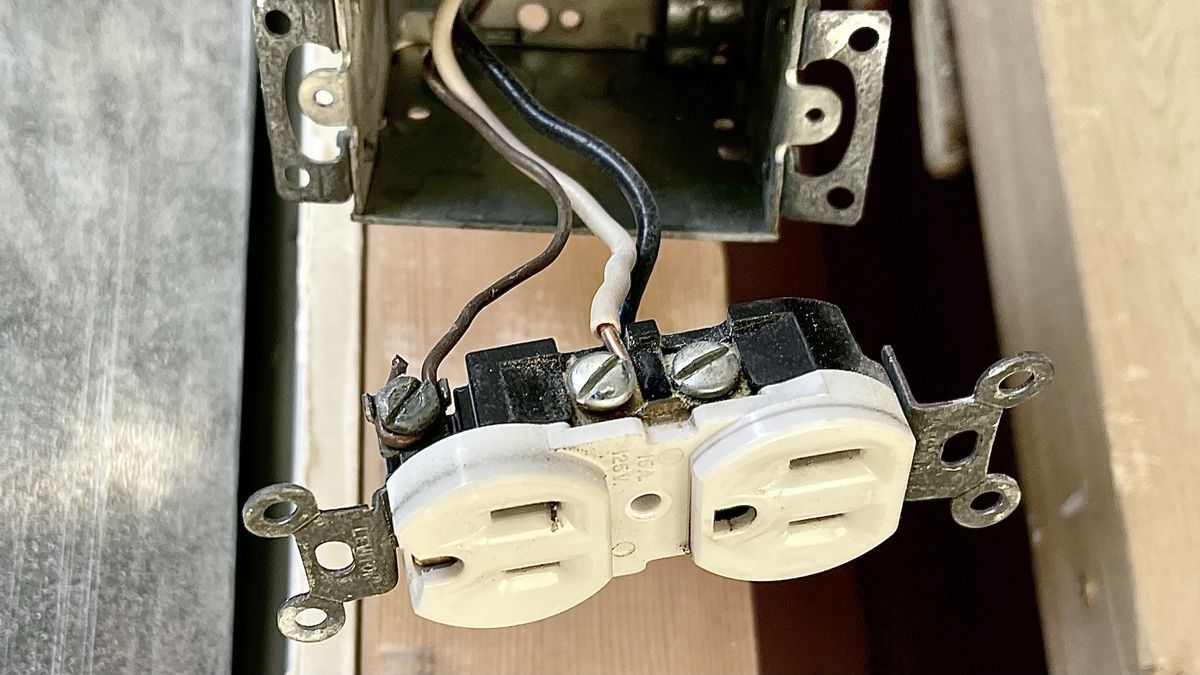Introduction
Introduction
A network switch is a fundamental component of modern networking, serving as a central point for connecting devices within a local area network (LAN). This versatile device enables efficient data transfer among connected devices, making it an essential tool for various networking scenarios. Whether in a small office/home office (SOHO) environment, a large enterprise, or a data center, network switches play a pivotal role in ensuring seamless communication and resource sharing.
Network switches operate at the data link layer of the OSI model, facilitating the transmission of data packets between devices within the same network. Unlike hubs, which broadcast data to all connected devices, switches intelligently direct data only to the intended recipient, thereby optimizing network performance and security.
In the following sections, we will explore the diverse applications of network switches, ranging from small-scale setups to enterprise-level deployments. From connecting multiple devices to enhancing network performance and supporting Power over Ethernet (PoE) devices, network switches offer a myriad of benefits that cater to the evolving demands of modern networking infrastructure. Let's delve into the multifaceted utility of network switches and uncover the scenarios where they prove indispensable.
Small Office/Home Office (SOHO) Environments
Small office/home office (SOHO) environments often rely on network switches to establish a reliable and efficient network infrastructure. In these settings, where space and resources may be limited, network switches play a crucial role in connecting various devices and facilitating seamless communication. Whether it’s a home-based business, a startup, or a small branch office, the use of network switches offers several advantages.
Scalable Connectivity: In a SOHO setup, the need for expanding the network to accommodate additional devices is common. Network switches provide the flexibility to scale the network infrastructure by offering multiple ports for connecting computers, printers, servers, and other networking equipment. This scalability ensures that the network can grow in tandem with the evolving needs of the business or home office.
Improved Data Transfer: With the increasing reliance on digital communication and data exchange, a robust network infrastructure is essential for maintaining productivity. Network switches enable high-speed data transfer between devices within the network, ensuring that file transfers, video conferencing, and other bandwidth-intensive tasks can be carried out seamlessly.
Enhanced Security: SOHO environments often deal with sensitive data, and maintaining network security is paramount. Network switches contribute to network security by employing features such as VLANs (Virtual Local Area Networks) and port security, which help segregate and protect network traffic, thereby reducing the risk of unauthorized access and potential security breaches.
Cost-Effective Networking: Network switches offer a cost-effective solution for establishing a reliable and efficient network infrastructure in SOHO environments. By providing a centralized connectivity hub, switches eliminate the need for individual connections between devices, reducing cable clutter and simplifying network management.
In essence, network switches are indispensable in SOHO environments, providing the essential connectivity and performance required to support the networking needs of small offices and home-based businesses. Their versatility, scalability, and security features make them a valuable asset in optimizing network operations and facilitating seamless communication among connected devices.
Connecting Multiple Devices
Network switches serve as the linchpin for connecting multiple devices within a network, offering a reliable and efficient means of interconnecting computers, printers, servers, and other networking equipment. Whether in a small office, a large enterprise, or a data center, the ability to seamlessly connect and manage numerous devices is essential for maintaining operational continuity and facilitating resource sharing.
Expanded Port Availability: One of the primary functions of a network switch is to provide an expanded port capacity, allowing multiple devices to be interconnected within the same network. This scalability enables organizations to accommodate a growing number of devices without compromising network performance or efficiency.
Enhanced Bandwidth Utilization: By utilizing a network switch, devices can communicate with each other without contention for bandwidth, as the switch intelligently forwards data only to the intended recipient. This efficient data transfer mechanism ensures that network resources are utilized optimally, leading to improved performance and reduced latency.
Segmentation and Traffic Isolation: Network switches offer the capability to segment the network into distinct virtual LANs (VLANs), facilitating the isolation of traffic and the creation of separate broadcast domains. This segmentation enhances network security and optimizes traffic flow, particularly in environments where different departments or user groups require separate network access.
Centralized Management: With the use of network switches, network administrators can centrally manage and monitor the connected devices, streamlining configuration, troubleshooting, and performance optimization. This centralized approach to network management simplifies the task of overseeing and maintaining a robust network infrastructure.
Overall, the role of network switches in connecting multiple devices cannot be overstated. Their ability to provide expanded port availability, optimize bandwidth utilization, facilitate network segmentation, and streamline centralized management makes them an indispensable component of modern networking environments, catering to the diverse connectivity needs of organizations across various industries.
Improving Network Performance
Network switches play a pivotal role in enhancing network performance by optimizing data transfer, minimizing latency, and improving overall network efficiency. In today’s digital landscape, where the demand for seamless connectivity and high-speed data transfer is ever-increasing, the deployment of network switches is crucial for maintaining a responsive and reliable network infrastructure.
Reduced Network Congestion: By intelligently directing data only to the intended recipient, network switches effectively reduce network congestion, ensuring that data packets reach their destination without unnecessary delays. This streamlined data transfer mechanism minimizes the risk of network bottlenecks and congestion, thereby promoting smoother and more efficient network operations.
Enhanced Bandwidth Utilization: Network switches enable efficient utilization of available bandwidth by facilitating direct communication between devices without contention. This optimized bandwidth usage ensures that network resources are effectively allocated, leading to improved data transfer speeds and reduced latency, particularly in environments with high data traffic.
Improved Network Security: Network switches contribute to enhanced network security by implementing features such as port security, VLANs, and access control lists. These security measures help mitigate potential security threats and unauthorized access, thereby safeguarding the integrity of the network and its connected devices.
Support for Quality of Service (QoS): In environments where prioritizing certain types of network traffic is essential, network switches offer support for Quality of Service (QoS) mechanisms. By prioritizing critical data streams, such as voice and video traffic, network switches ensure that essential applications receive the necessary bandwidth and network resources, thereby optimizing overall network performance.
Overall, network switches play a crucial role in improving network performance by mitigating congestion, optimizing bandwidth utilization, enhancing network security, and supporting Quality of Service mechanisms. Their ability to streamline data transfer, minimize latency, and prioritize critical network traffic makes them an indispensable asset in maintaining a high-performing network infrastructure.
Creating Network Segments
Network switches play a vital role in creating network segments, allowing organizations to efficiently manage and segregate network traffic based on specific criteria. By implementing network segmentation through the use of switches, businesses can enhance network security, optimize traffic flow, and streamline resource allocation, catering to the diverse connectivity needs of modern networking environments.
Enhanced Security: Network switches enable the creation of Virtual Local Area Networks (VLANs), which act as logical segmentation boundaries within the physical network infrastructure. By segregating network traffic into distinct VLANs, organizations can enhance network security by isolating sensitive data and restricting access based on predefined criteria, thereby reducing the risk of unauthorized access and potential security breaches.
Optimized Traffic Flow: Network segmentation through switches facilitates the isolation of specific types of network traffic, such as voice, video, or data, into separate segments. This segmentation optimizes traffic flow by reducing broadcast domains and the associated network congestion, leading to improved network performance and efficient resource utilization.
Resource Allocation and Prioritization: With network segmentation, organizations can allocate network resources based on specific segment requirements, ensuring that critical applications or user groups receive the necessary bandwidth and network resources. Network switches support the prioritization of traffic within each segment, enabling organizations to streamline resource allocation and optimize the delivery of essential network services.
Compliance and Regulatory Requirements: In industries where regulatory compliance and data privacy are paramount, network segmentation facilitated by switches aids in meeting stringent compliance requirements. By segregating sensitive data and implementing access controls within segmented networks, organizations can adhere to industry-specific regulations and safeguard sensitive information effectively.
Overall, the capability of network switches to create network segments is integral to modern networking infrastructure, offering enhanced security, optimized traffic flow, efficient resource allocation, and compliance with regulatory requirements. By leveraging network segmentation through switches, organizations can tailor their network architecture to meet the specific operational and security needs of their business, ensuring a robust and well-organized network environment.
Power over Ethernet (PoE) Devices
Power over Ethernet (PoE) technology has transformed the way network devices are powered and connected, offering a convenient and efficient solution for delivering electrical power and data over a single Ethernet cable. Network switches equipped with PoE capabilities play a pivotal role in supporting a wide range of PoE devices, ranging from IP phones and wireless access points to surveillance cameras and IoT (Internet of Things) devices, revolutionizing the deployment and management of network-powered equipment.
Simplified Deployment: PoE-enabled network switches simplify the deployment of network-powered devices by eliminating the need for separate power outlets near each device. This streamlined installation process reduces cabling complexity and allows for greater flexibility in siting PoE devices, particularly in locations where access to power sources may be limited.
Cost-Efficient Infrastructure: By leveraging PoE technology, organizations can achieve cost savings by eliminating the expenses associated with installing dedicated electrical wiring for individual network devices. PoE-enabled switches provide a cost-efficient means of powering and connecting devices, resulting in reduced installation and maintenance costs for network-powered equipment.
Centralized Power Management: Network switches with PoE capabilities offer centralized power management, allowing administrators to monitor and control the power delivery to connected PoE devices. This centralized approach streamlines power management tasks, facilitating efficient power allocation and enabling remote power cycling for troubleshooting and maintenance purposes.
Support for Diverse Devices: PoE technology supported by network switches caters to a diverse array of network-powered devices, including IP phones, wireless access points, IP cameras, and IoT devices. This versatility enables organizations to seamlessly integrate and power a wide range of network equipment, enhancing the connectivity and functionality of the network infrastructure.
Overall, the integration of PoE technology with network switches has redefined the way network-powered devices are deployed and managed, offering simplified deployment, cost-efficient infrastructure, centralized power management, and support for diverse devices. As the demand for network-powered equipment continues to grow, PoE-enabled network switches stand as a cornerstone of modern network infrastructure, providing a robust and versatile solution for powering and connecting a myriad of network devices.

























